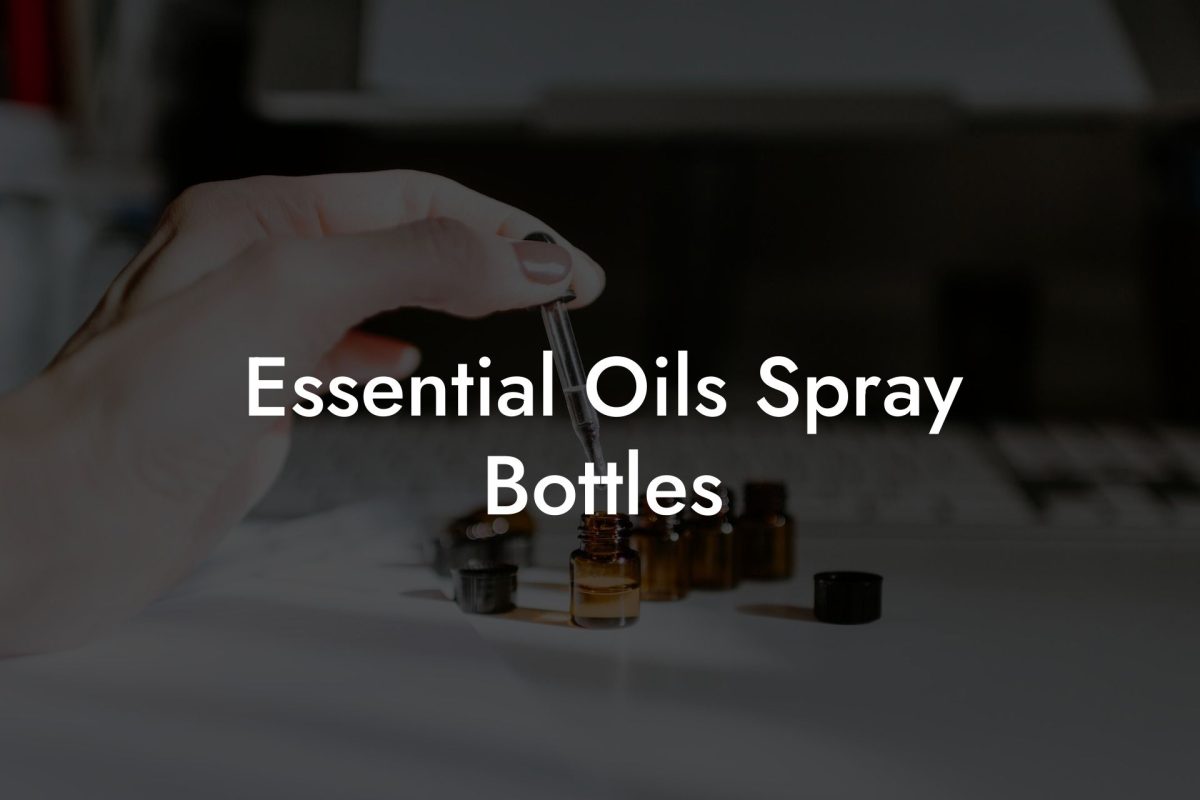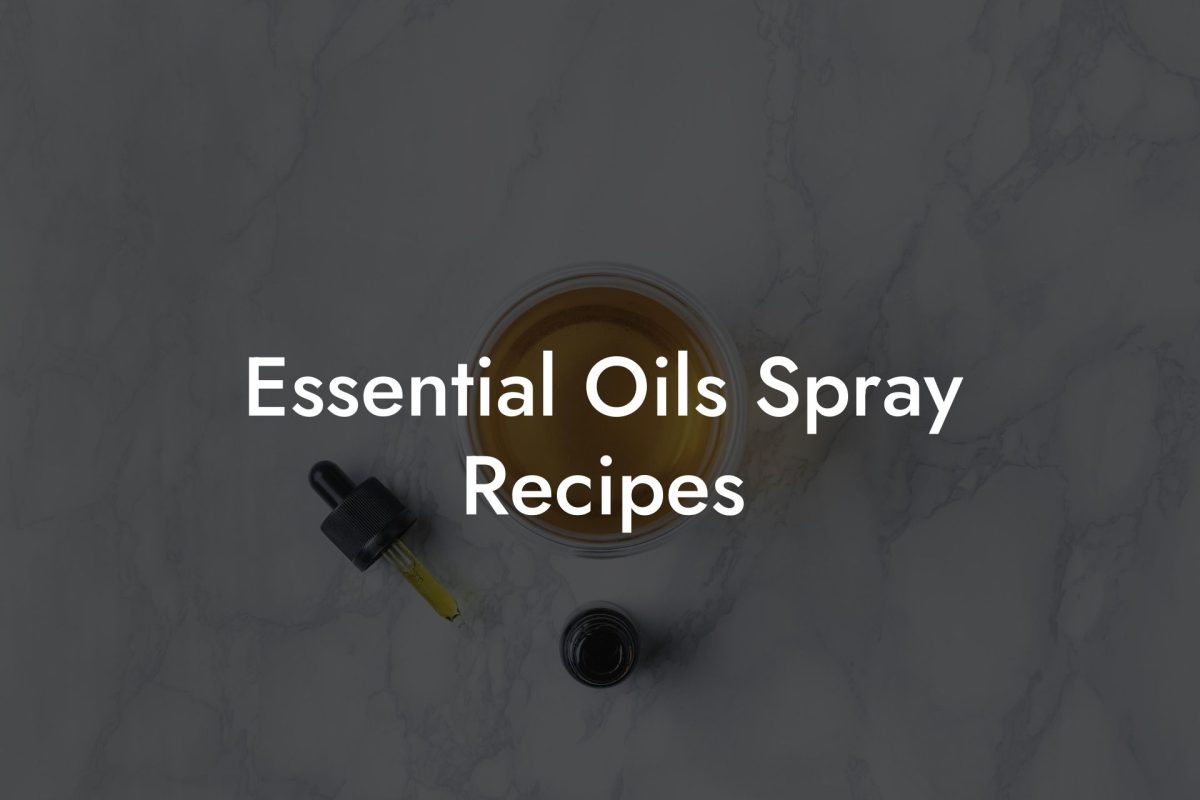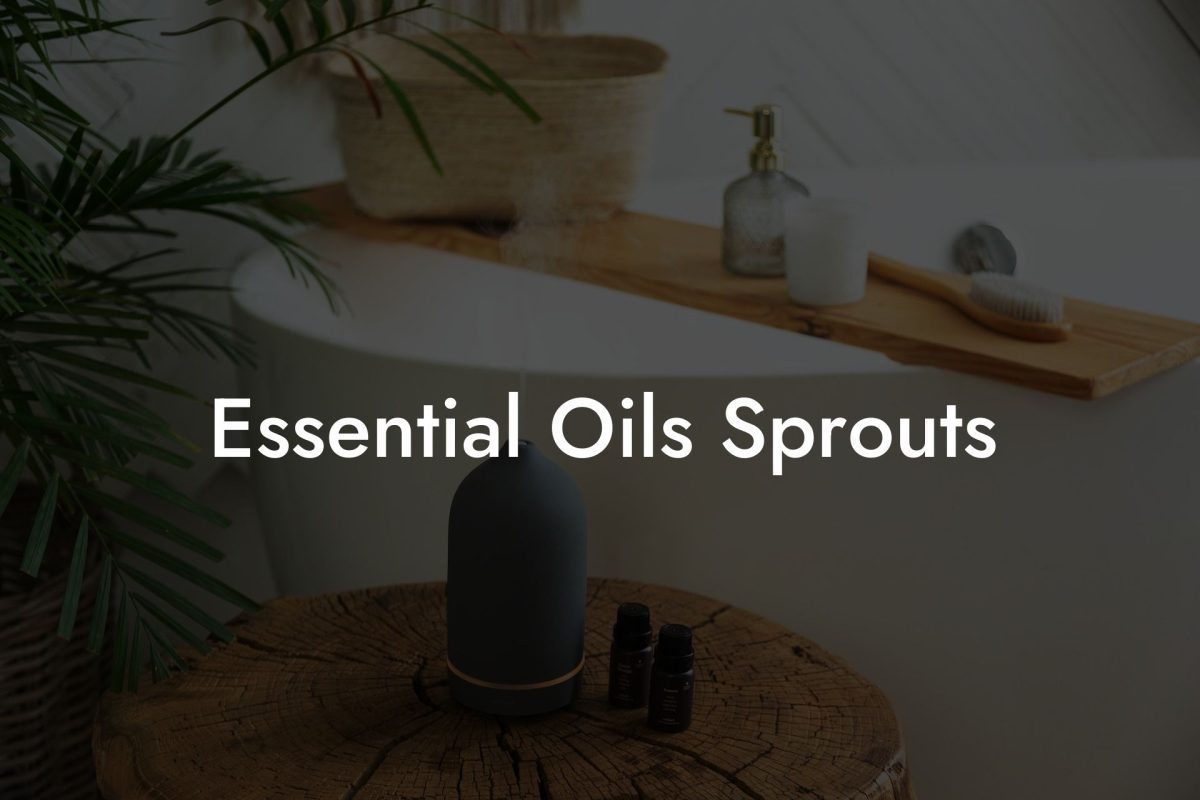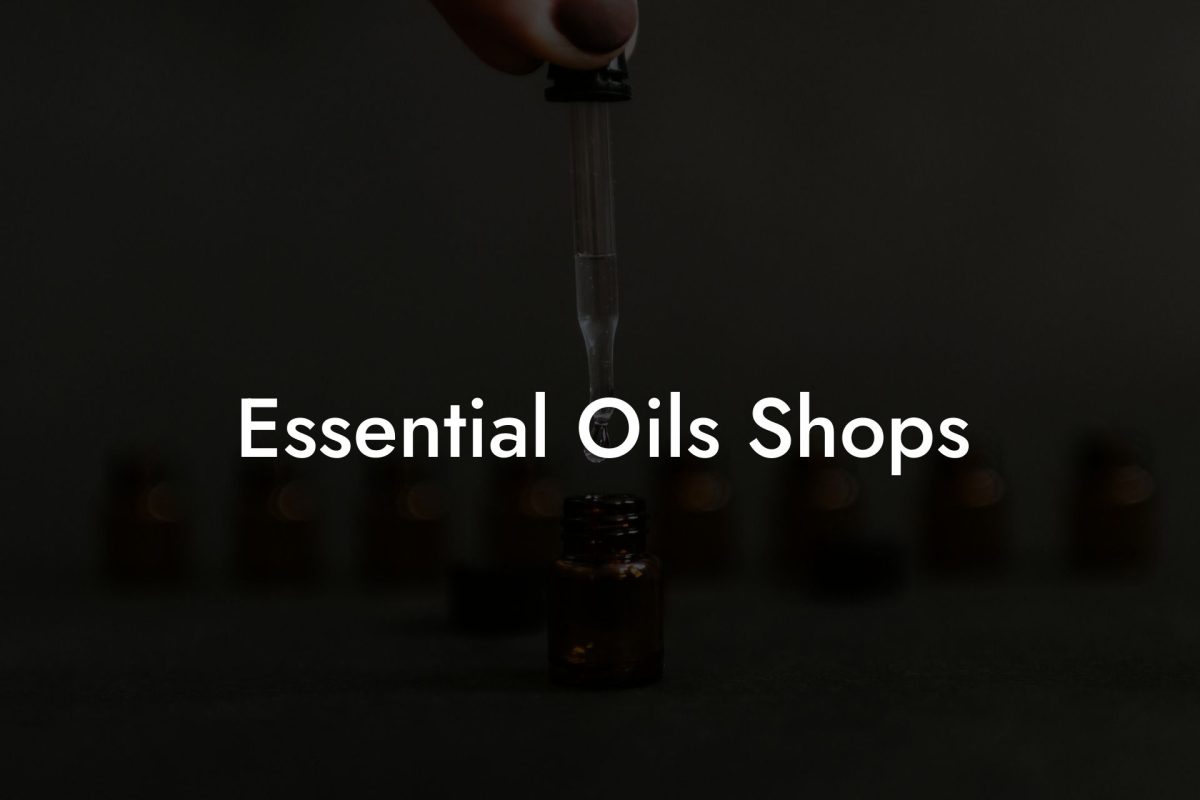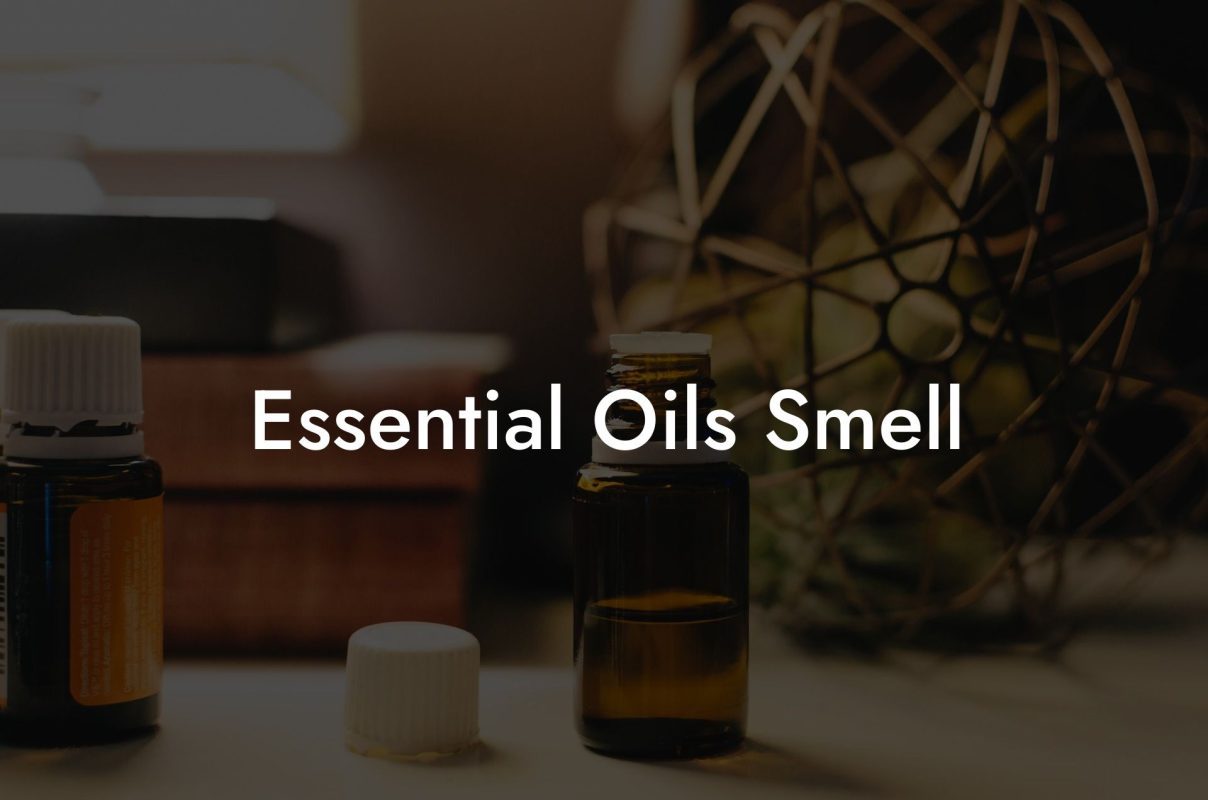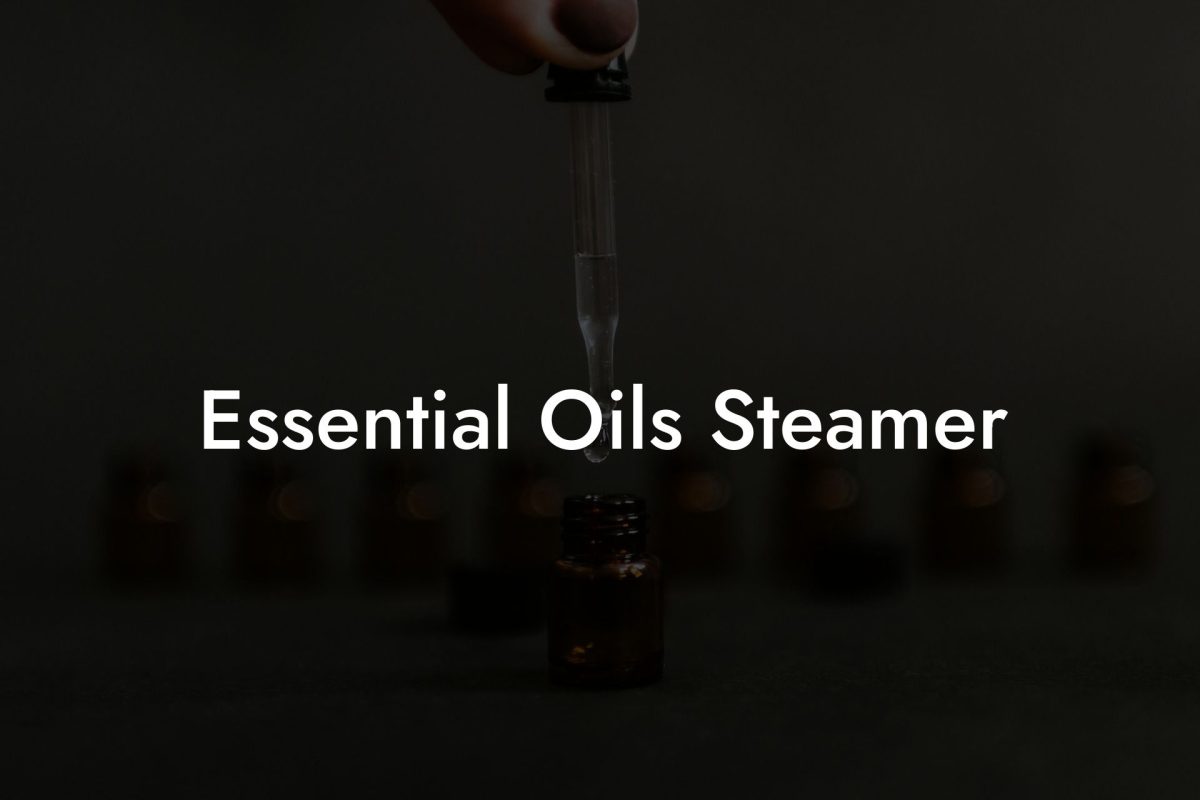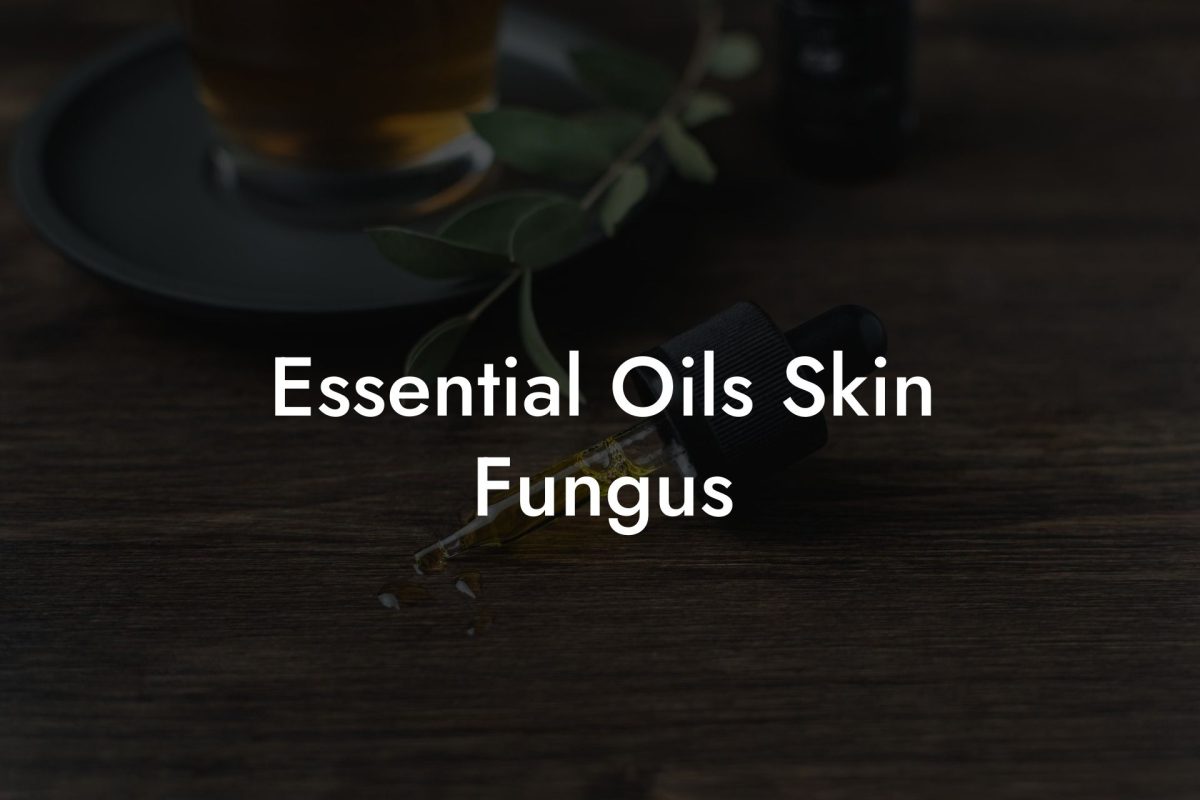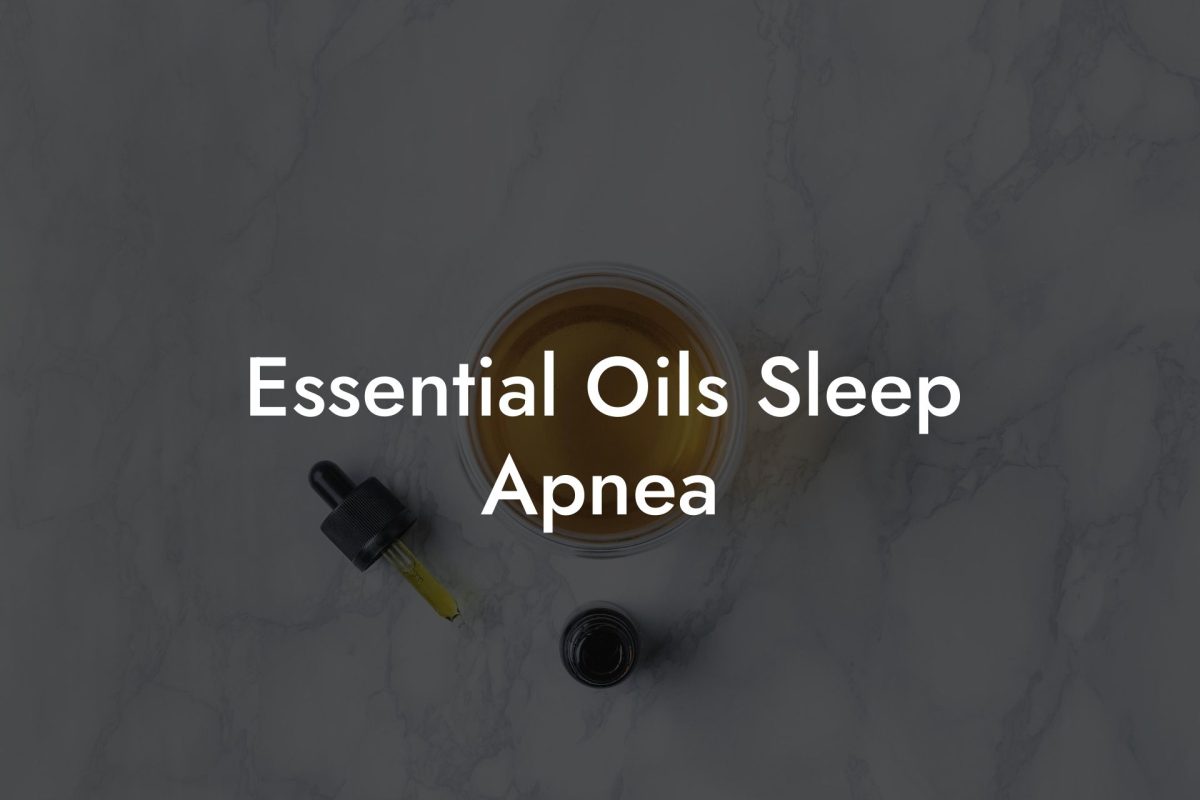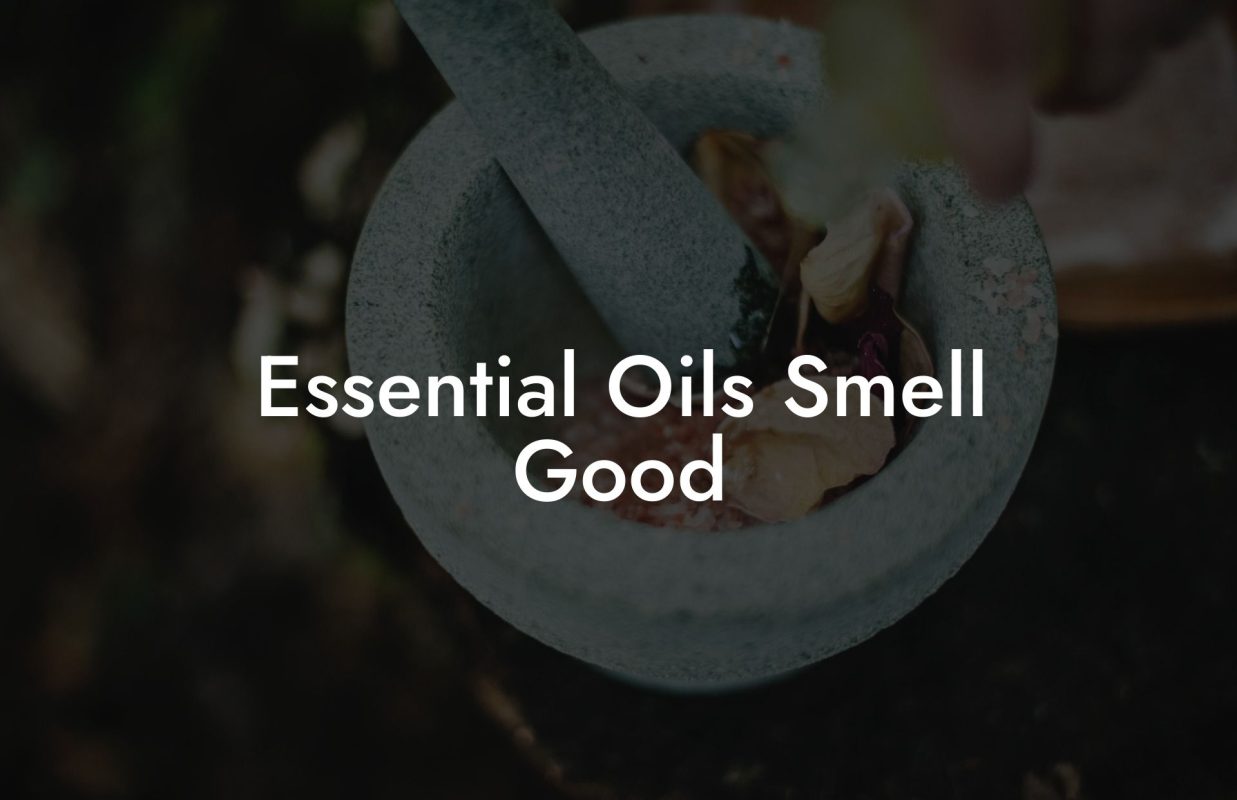Are you an essential oil enthusiast and wonder how long those aromatic bottles can maintain their potency? Well, you’re not alone! Understanding the shelf life of essential oils is essential to make the most out of their therapeutic benefits. In this article, we’ll dive into the factors that affect the longevity of essential oils and how to store them properly to extend their lifespan.
Table of Contents
What is the Shelf Life of Essential Oils?
The shelf life of essential oils varies depending on several factors, such as the type of oil, storage conditions, and quality. Generally, essential oils can last anywhere from 6 months to 5 years or even longer. Here’s a breakdown of the typical shelf life based on oil types:
6-9 Months:
Citrus oils, like grapefruit, lemon, and bergamot, have a shorter lifespan due to their high concentration of limonene, which can oxidize more rapidly.
1-2 Years:
Essential oils rich in monoterpenes, like cypress and frankincense, have a moderate shelf life.
2-3 Years:
Oils containing a mix of compounds, like lavender and tea tree, usually last for two to three years.
4-5 Years or longer:
Essential oils high in sesquiterpenes and phenols, like clove, myrrh, and patchouli, have longer shelf lives due to their stability.
Extending Shelf Life:
To extend the shelf life of essential oils, follow these storage tips:
- Store them in dark, amber glass bottles to keep out light, which can degrade the oil.
- Keep them in a cool, dry place away from direct sunlight and heat sources.
- Ensure the lids are tightly closed to prevent oxidation and evaporation.
Signs of Expired Essential Oils
It’s vital to know when your essential oils have gone off to avoid using them and potentially causing skin irritation or losing their therapeutic benefits. Here are the signs of expired essential oils:
- Aroma change: A significant change or weakening in the scent may indicate that the oil is no longer effective.
- Consistency change: If the oil feels sticky, thick, or has formed a residue inside the bottle, it’s likely past its prime.
- Color change: If the color has become darker or lighter over time, the oil may be oxidizing and losing its potency.
Shelf Life Of Essential Oils Example:
Imagine you have a bottle of lemon essential oil that’s been sitting on your windowsill for the past year. You pick it up and notice that the aroma has weakened considerably, and the color has become darker. Based on these indicators, the essential oil is likely expired or losing its potency rapidly. To preserve the remaining oils in your collection, you decide to store them in a cool, dark place and make sure the lids are tightly sealed.
Now that you have a better understanding of essential oils’ shelf life, you can confidently use and store your oils appropriately to reap their numerous benefits. Remember to keep an eye on the signs of expiration and adapt your storage methods accordingly. Share this article with fellow essential oil lovers and explore other guides on Oshu Oils for more insights into the world of aromacology. Don’t forget to check out the Oshu Oils range of artisan essential earth oils to enrich your life with the power of nature. Happy oiling!


